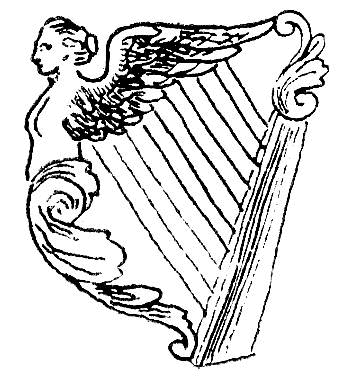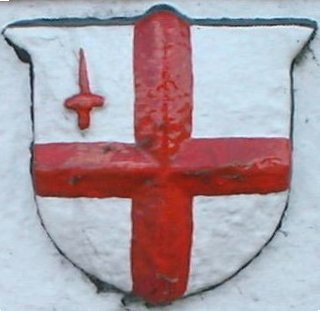This was the find I was so
pleased with a couple of months ago, I suspected it would lead me on an
interesting journey & so it did.
It's a button, solid copper possibly originally silvered and likely to be a livery button, part of a uniform. The inscription ‘Firmin’s London’ on the back dates it to 1897 – 1904. The premier button maker Firmins was established in 1655, ended up supplying royalty and still holds contracts with the military in the UK and beyond to produce their buttons and badges.

Depicted on the front of the button is the now demolished Cripplegate, one of 7 gates set in the London wall, this one gave access to Islington. It began as a gate in a Roman Fort built in 126 AD, its northern and western walls were incorporated into the first London wall built a little later by the Romans. Cripplegate was rebuilt in medieval times, modified thereafter and finally pulled down in 1760 so the street could be widened. Controversy surrounds its name. It could be from ‘crepal’ the Anglo-Saxon term for an underground passage or covered way, others believe it originated from a monk’s claim that disabled beggars were cured as the body of St Edmund the Martyr was carried through the gate in 1010 on its way to Bury St Edmunds. It’s the more romantic later tale which people seem to have adopted, the only just perceptible person in the gateway on the button has crutches.
 |
| Location of the old London gates (blarblarblarchitecture.com) |
When I first entered the clear as anything words circling the button ‘St Giles Cripplegate without’ into google, up popped a church with the same name. We finally made it down there with Jen and Tian last week. Quite a find in itself, an old gem sitting amid the posh Barbican estate and surrounded by city high rises.
 |
| St Giles Without Cripplegate Church |
Certainly a church with a history, over 1,000 years of it, imprinted on a stone tablet within the Church.
 |
| The 1000 Year History of St Giles Cripplegate |
It tingles with 17th century names even I am familiar with, Oliver Cromwell married here, Milton author of Paradise Lost is buried here and John Bunyan author of Pilgrims Progress attended the church. The Church was damaged by fire during the Blitz in 1940 which decimated the surrounding area, hence the building of the Barbican.
 |
| Cromwell |
 |
| Milton |
 |
| St Giles without Cripplegate a lone survivor in 1955 (colinspics) |
As the name suggests the Church was built outside the walled city of London and the name ‘St Giles without Cripplegate’ is both the name of the Church and one of 25 wards in the City of London.
Inside the Church we met David Freeman who kindly showed us around. The exact same design on the button appeared on silver ‘badges’ and also topped a staff displayed in the Church.
 |
| Cripplegate |
Perhaps the button belonged to a parish official, an Alderman, Ward Beadle the oldest elected office in the City of London or a Ward Clerk.
 |
| The Parish Beadle with Staff 1820-3 David Wilkie (Tate) |
It’s amazing where a Thames find can take you, David took out his large bunch of keys and guided us through locked gates and into the Barbican estate for a special tour of the remaining sheets of London wall that would have nudged up against Cripplegate – brilliant!
 |
| Remains of the London Wall at Cripplegate |
 |
| More remains of the London Wall |


.svg/600px-Coat_of_Arms_of_Great_Britain_(1714-1801).svg.png)















































